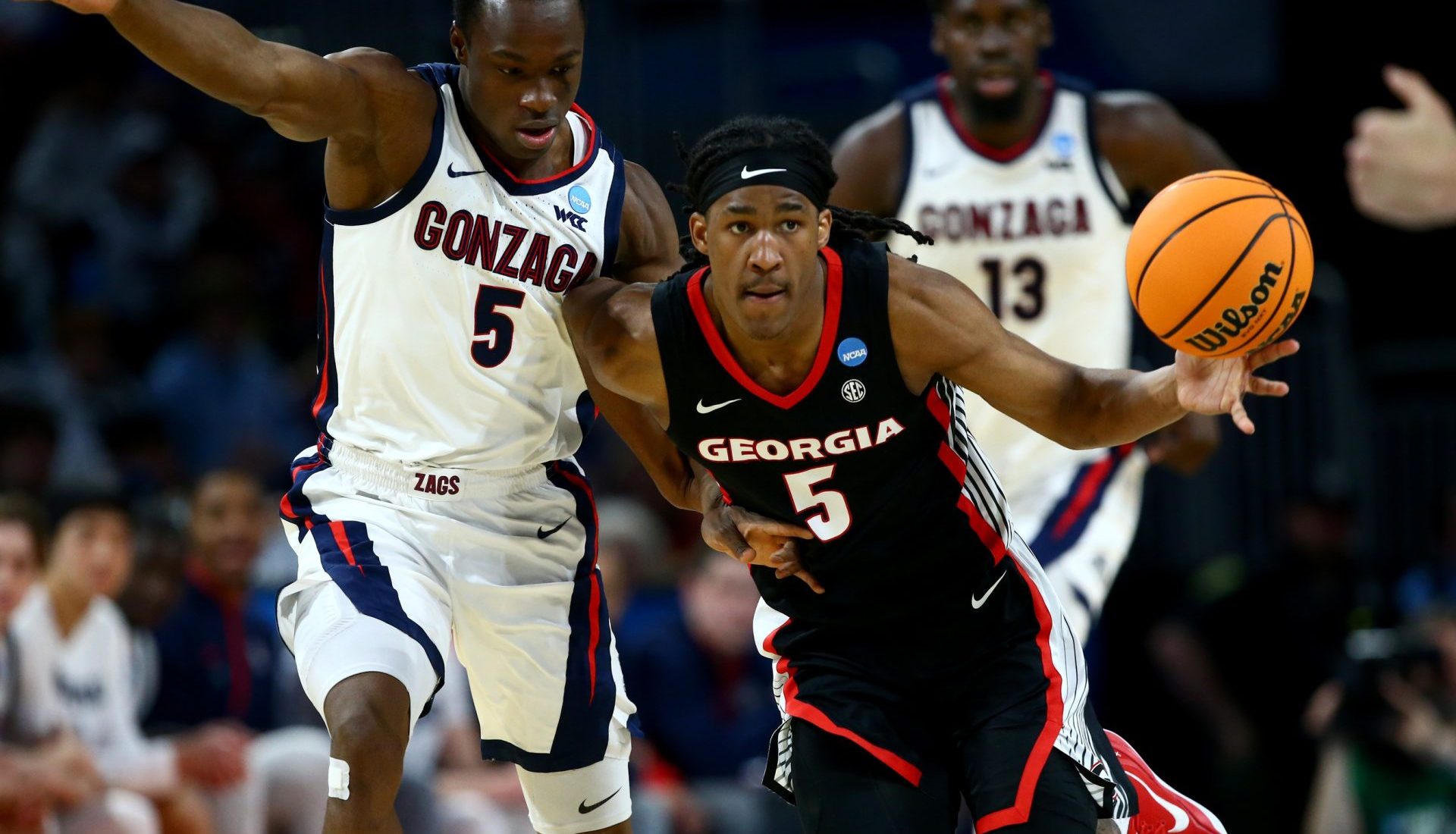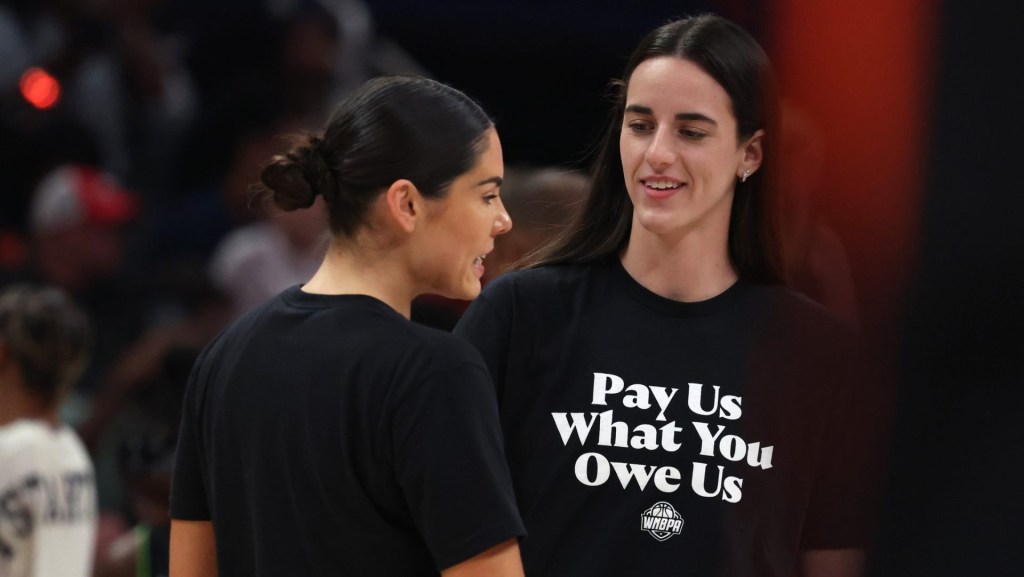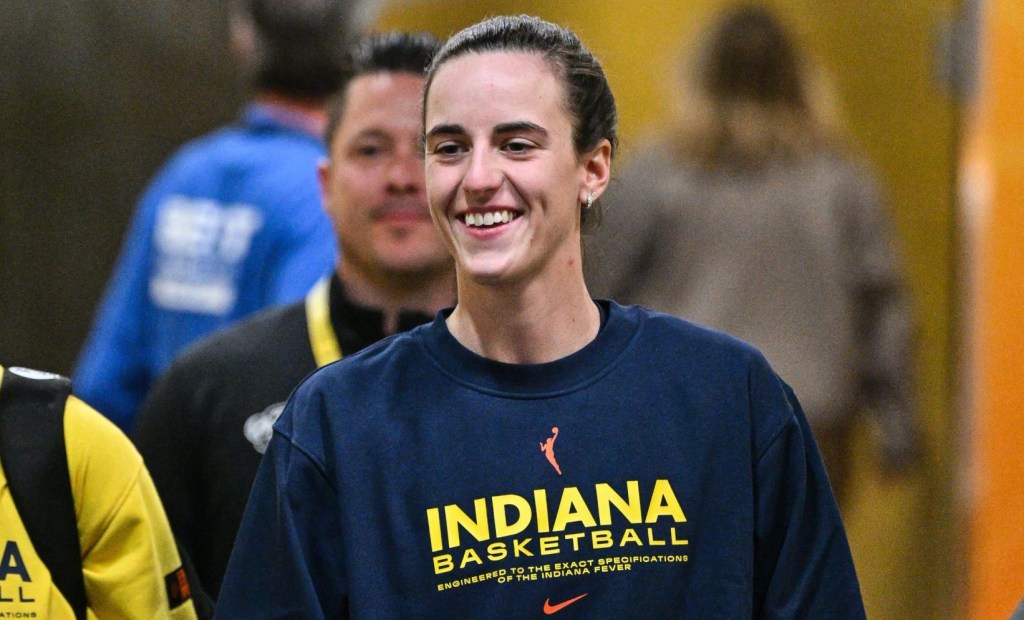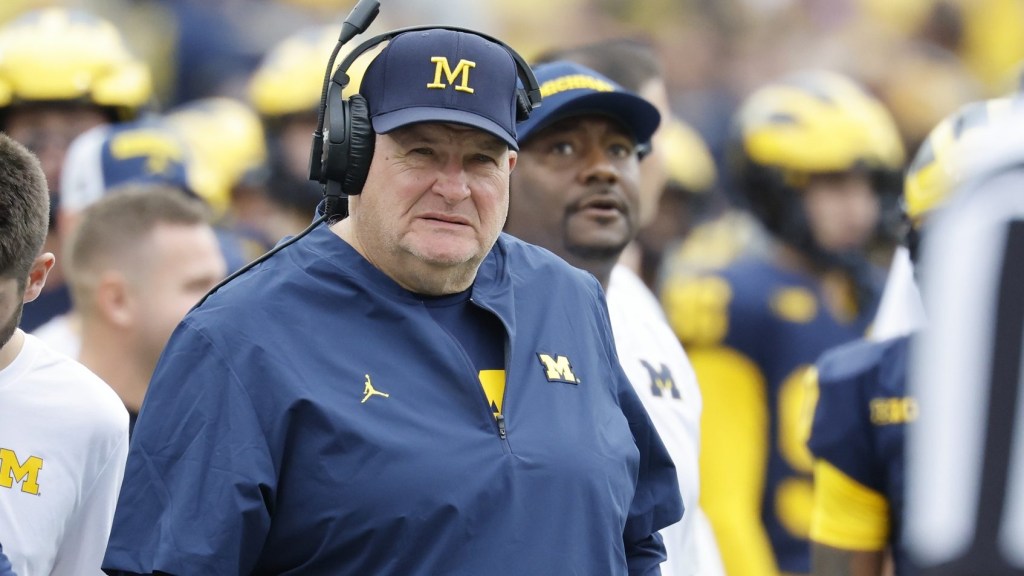The NCAA men’s basketball transfer portal has hit a record number of entrants for the fourth consecutive year.
As of Monday, a total of 2,320 men’s basketball players have entered the 2025 transfer portal, according to Verbal Commits, about 11.3% more than last year’s number. The number can still increase before the portal, which opened March 24, closes Tuesday.
Portal-Palooza
Here are the number of men’s players in the portal every year since it was introduced:
• 2025: 2,320
• 2024: 2,083
• 2023: 1,724
• 2022: 1,650
• 2021: 1,653
• 2020: 967
• 2019: 957
The number of athletes in the transfer portal represents more than 40% of the total men’s basketball players before the beginning of the 2024–2025 season (5,607). That pool, however, includes graduates, redshirts, and players without scholarships.
On the women’s side, there are 1,464 players in the transfer portal as of Monday, according to On3. That accounts for about 29% of the total women’s players on rosters last season (5,048).
Polarizing Portal
The transfer portal has been a contentious topic across all NCAA sports. Players, coaches, and pundits have compared it to free agency in professional sports after it was compounded with NIL (name, image, and likeness) rule changes implemented in 2021.
There are benefits for players seeking more playing time or a culture change. One example is Lauren Betts, the No. 1 recruit in the 2022 women’s recruiting class, who played her freshman year at Stanford but struggled with the Cardinal.
She moved to UCLA in 2023 and has talked about how playing for Cori Close and the Bruins rejuvenated her love for the game. Last season, Betts led UCLA to its first Final Four in the NCAA era.
However, not every transfer portal story is as successful as Betts’s. AD Advisors and sports analytics firm Timark Partners released a study Friday that indicated 70% of men’s basketball players from power conferences and the Big East who entered the transfer portal were unable to find a new school or transferred down. (The study placed schools in three tiers based on the amount of money spent on their basketball programs, and transferring down meant moving to a program in a lower tier.)
Moving to ostensibly smaller programs could still be beneficial for players seeking additional playing time or for other personal reasons. However, the effects of entering the portal—whether positive or negative—vary on a case-by-case basis.

















